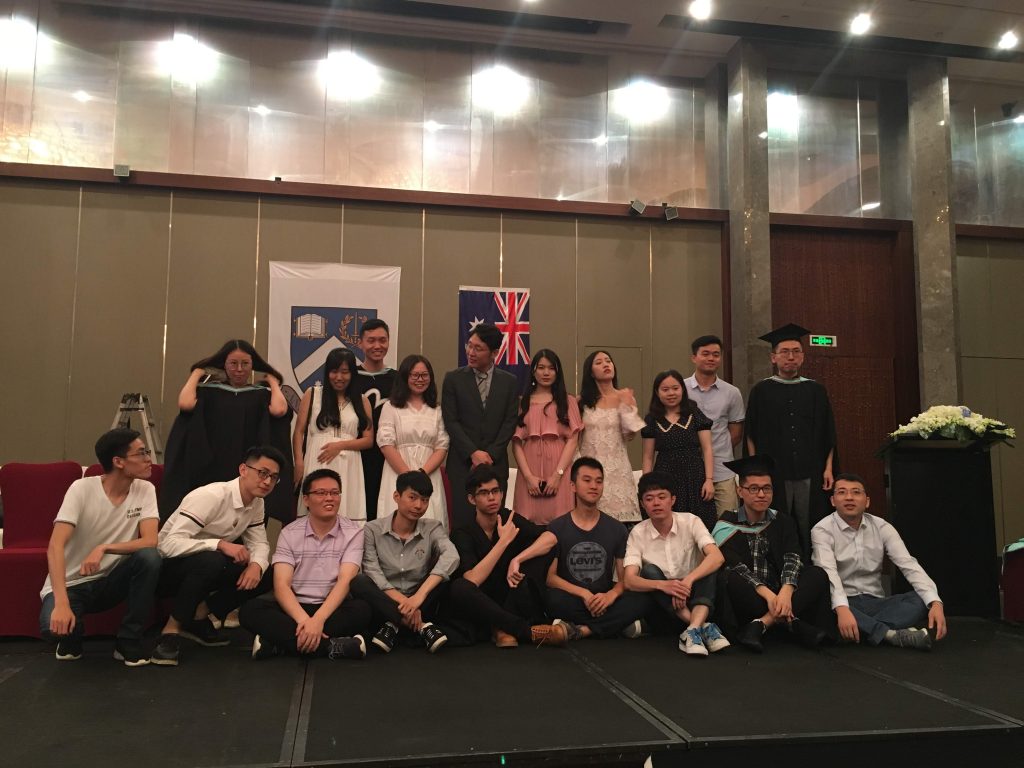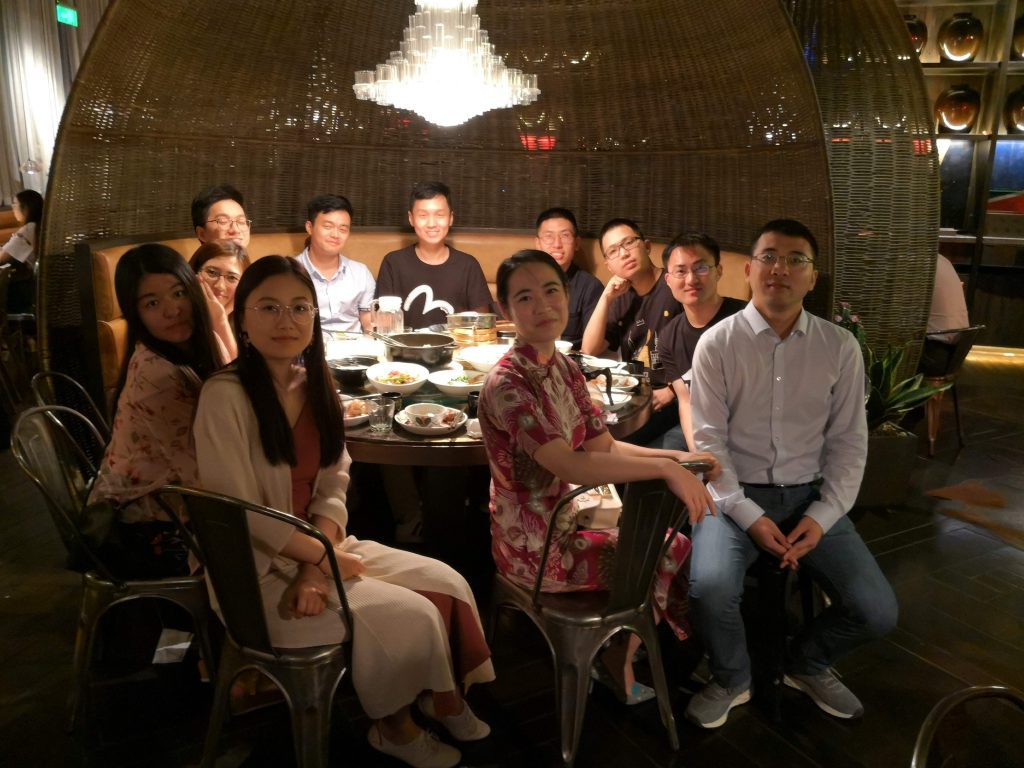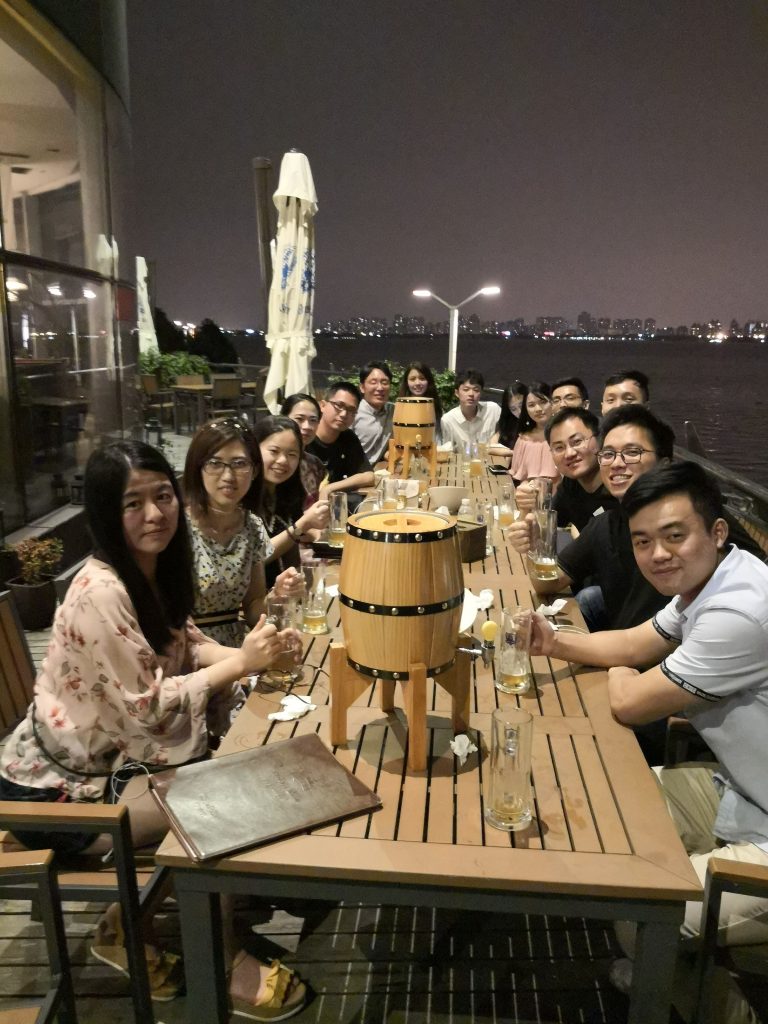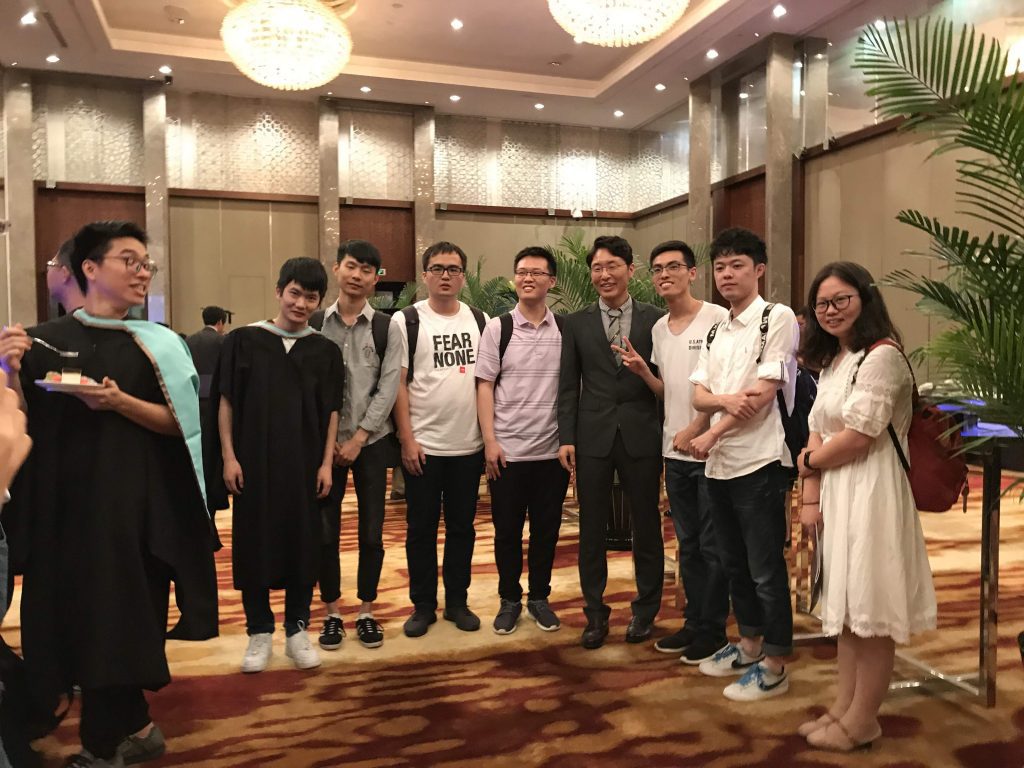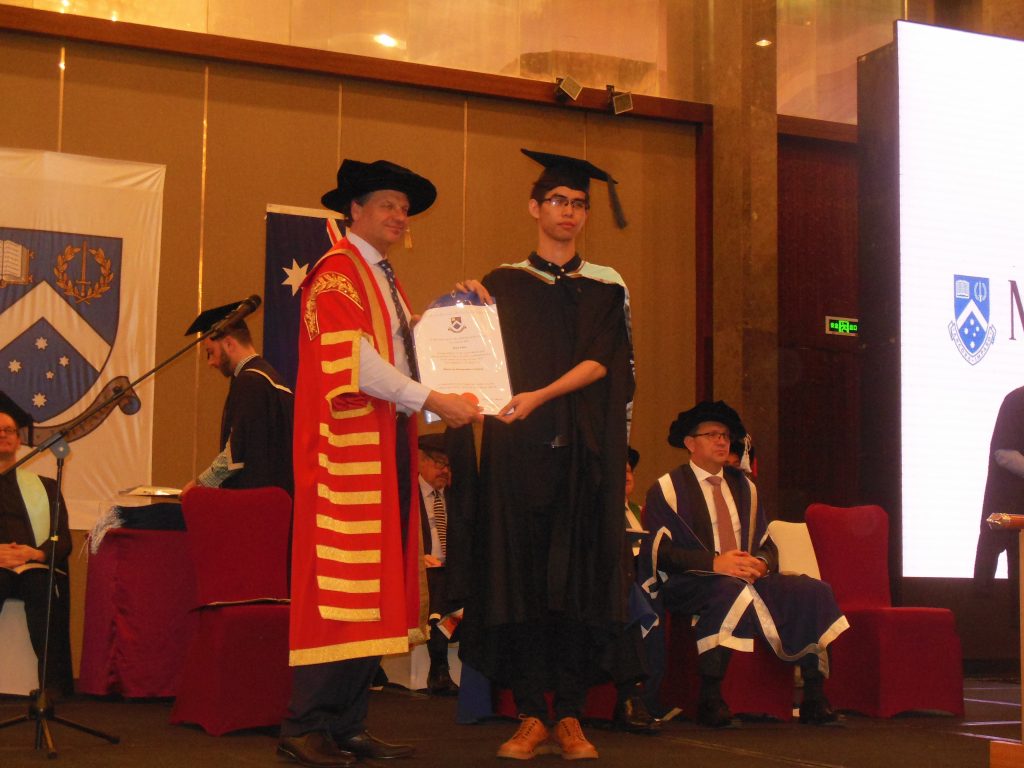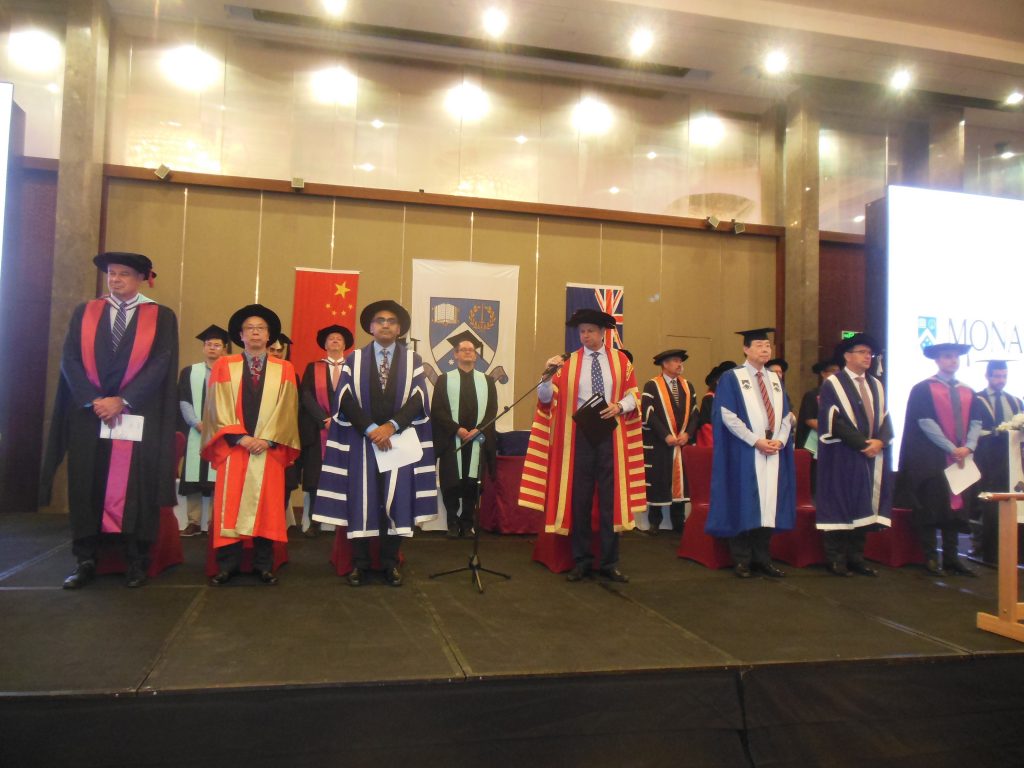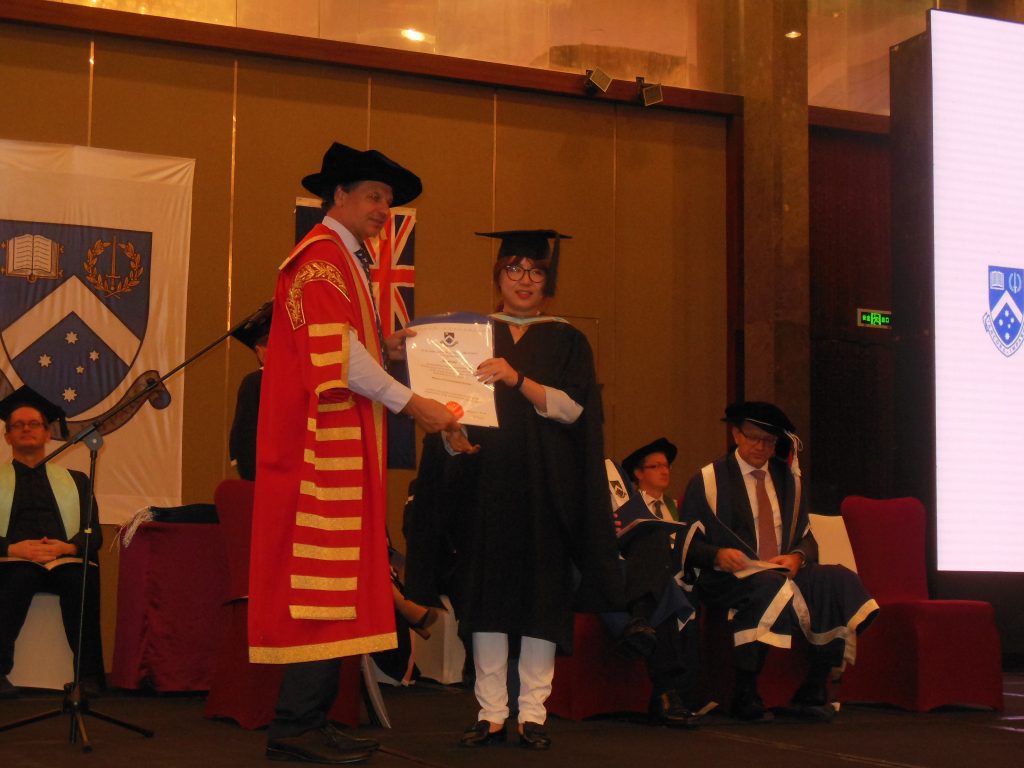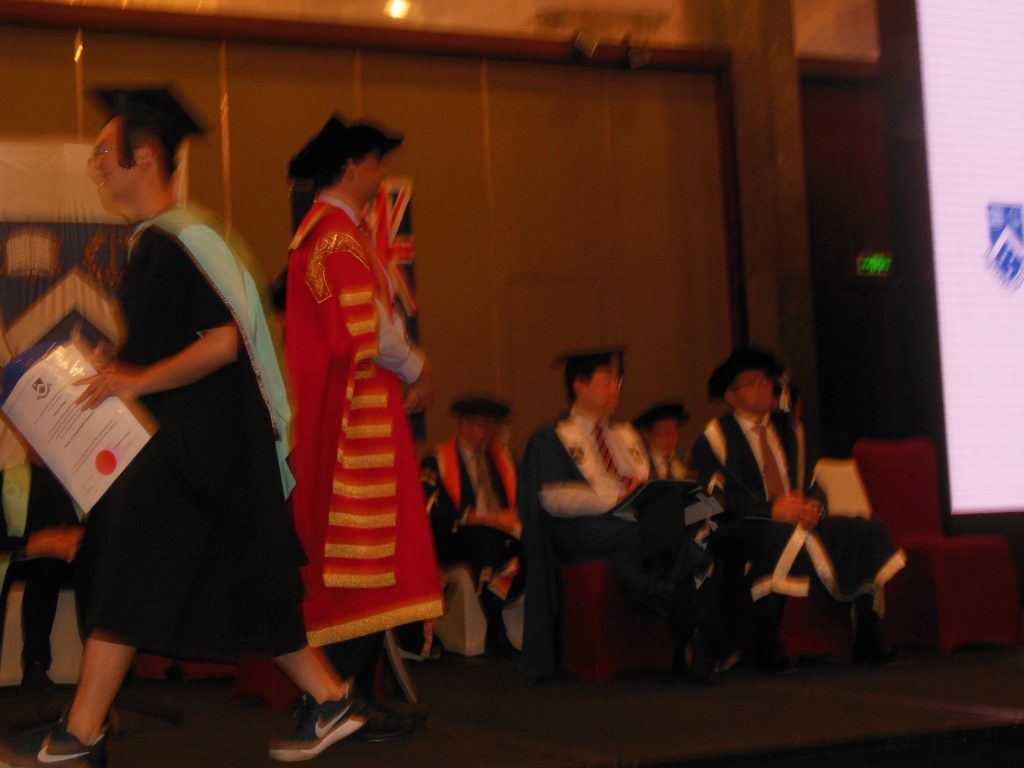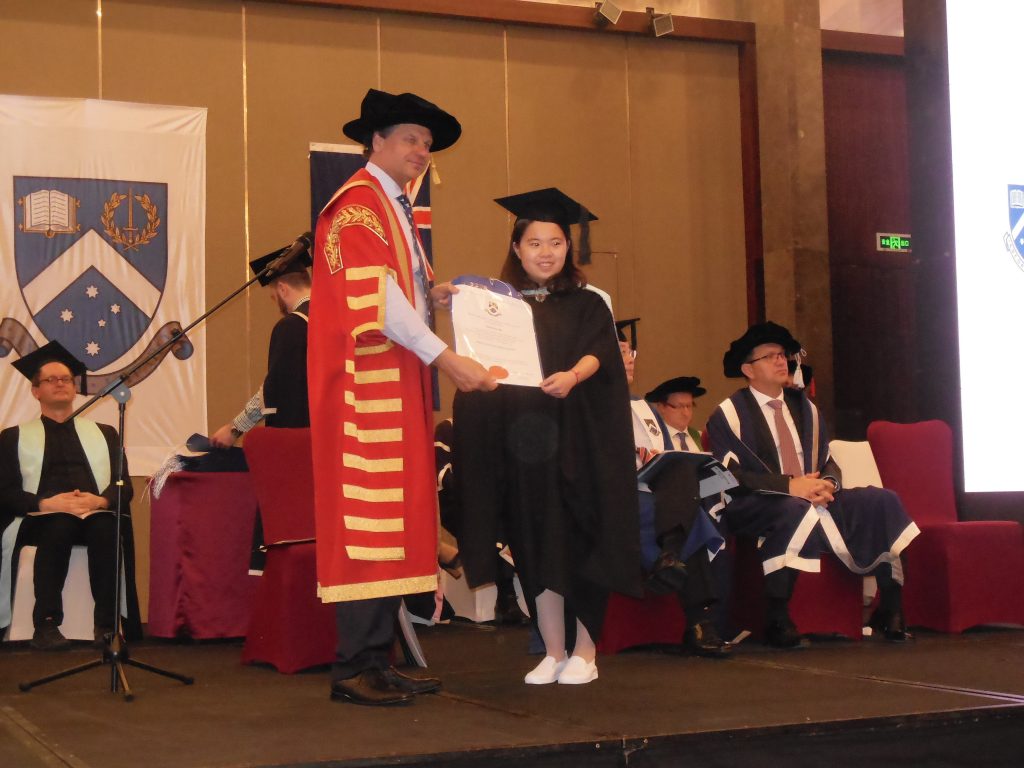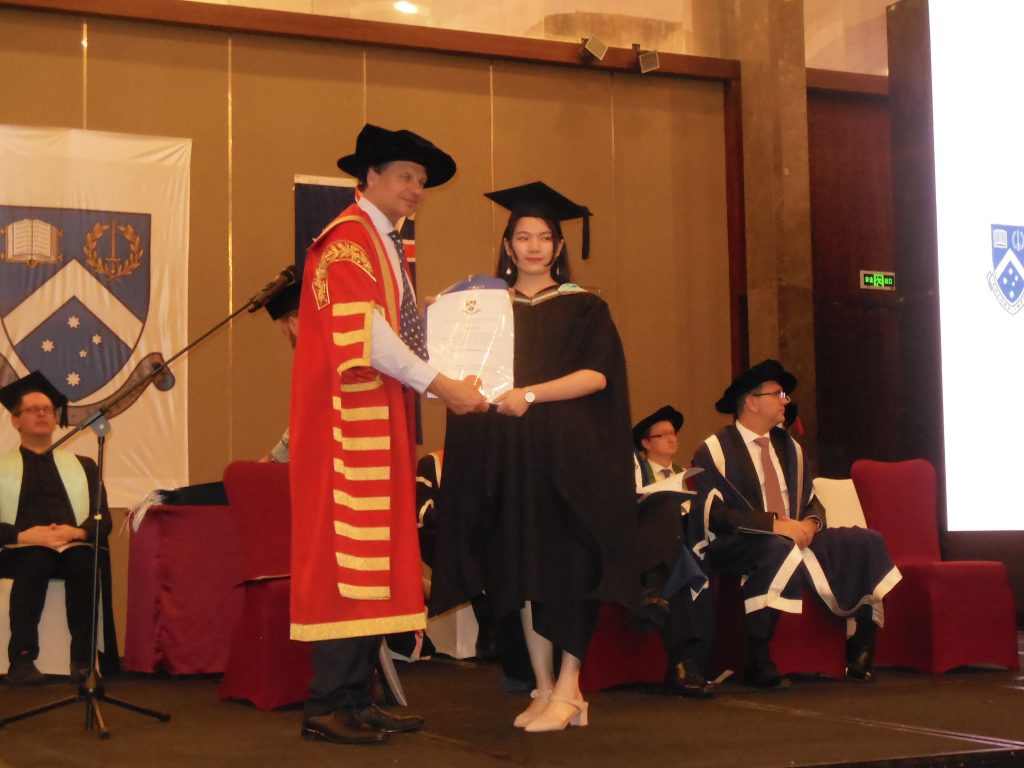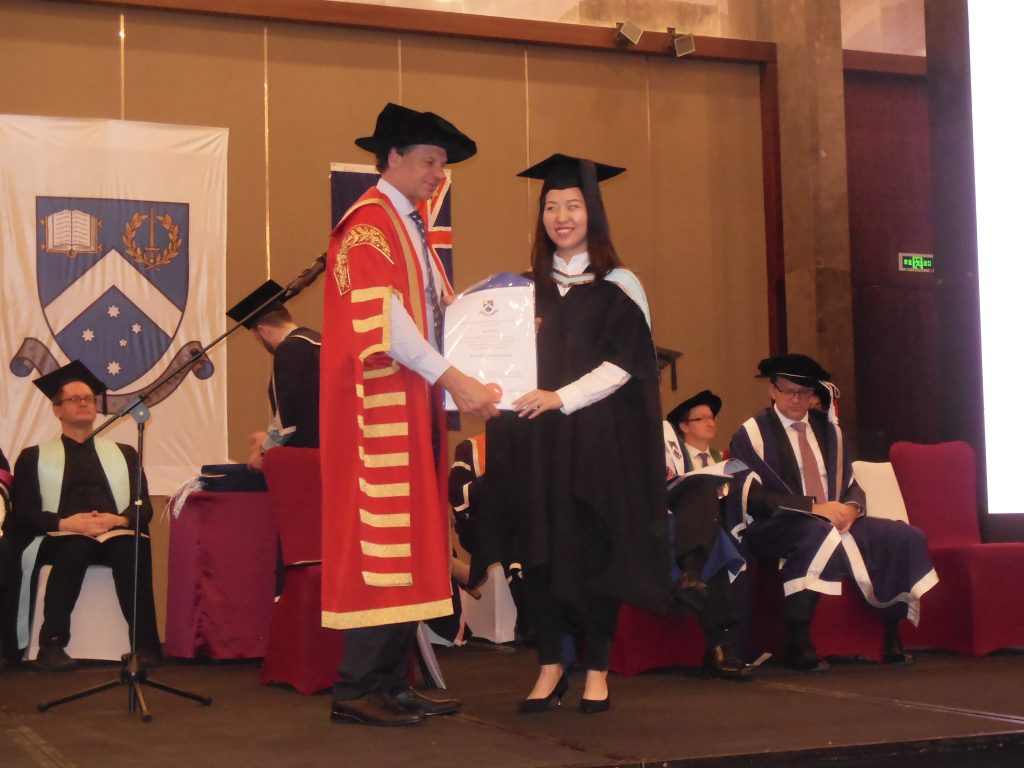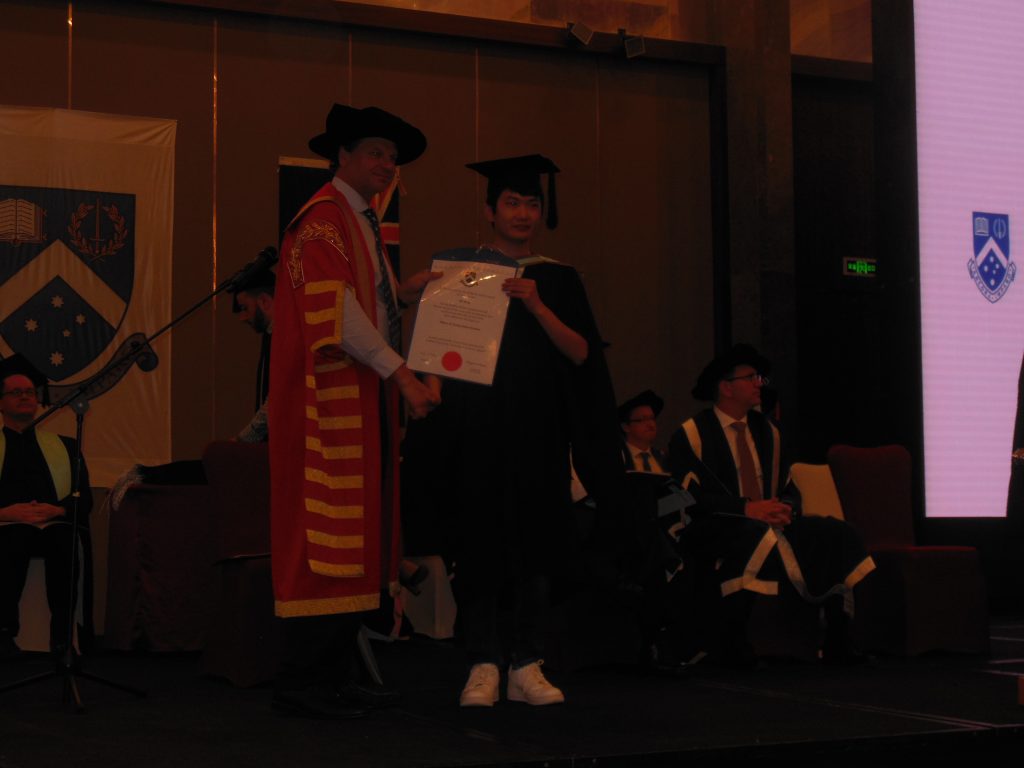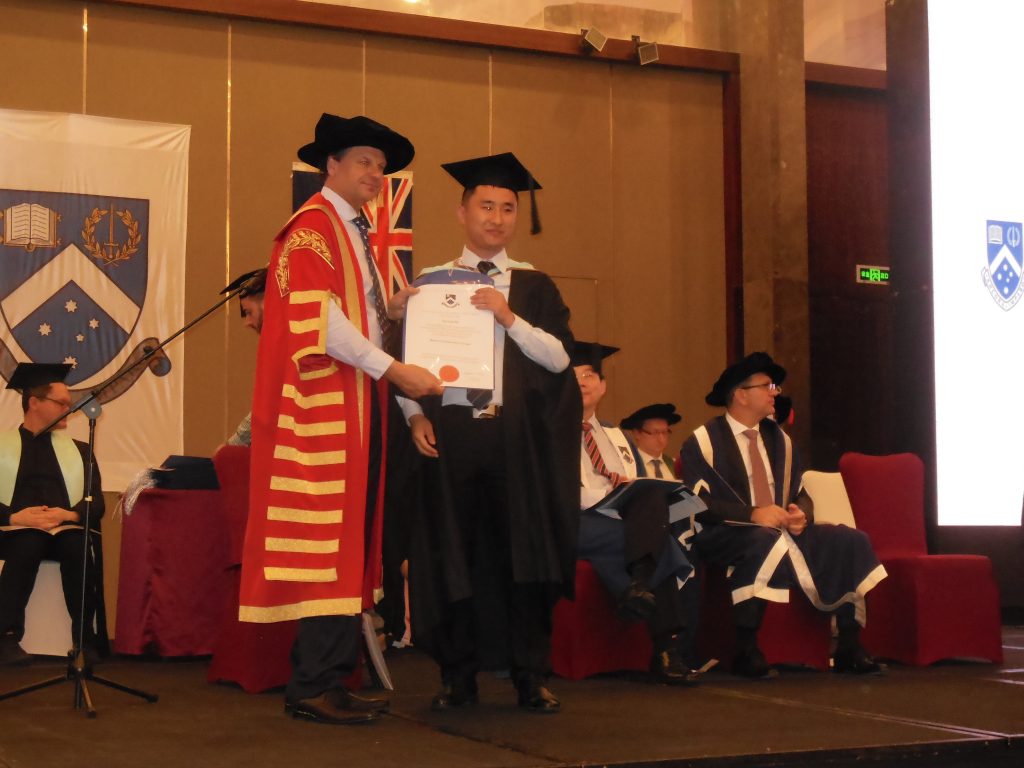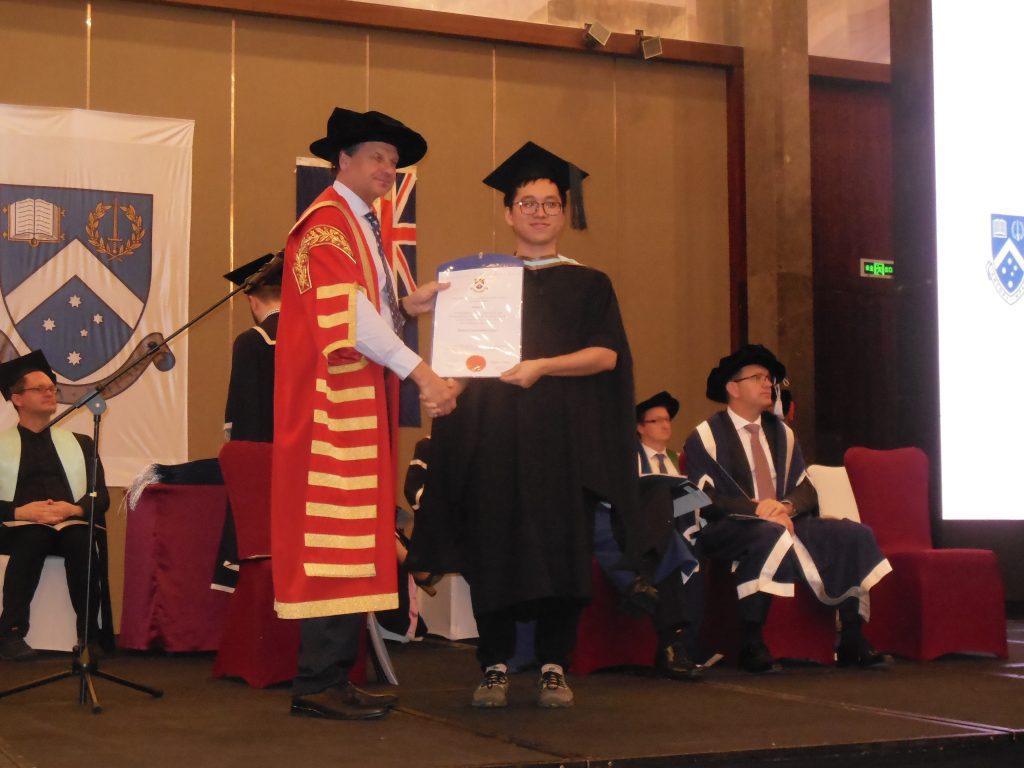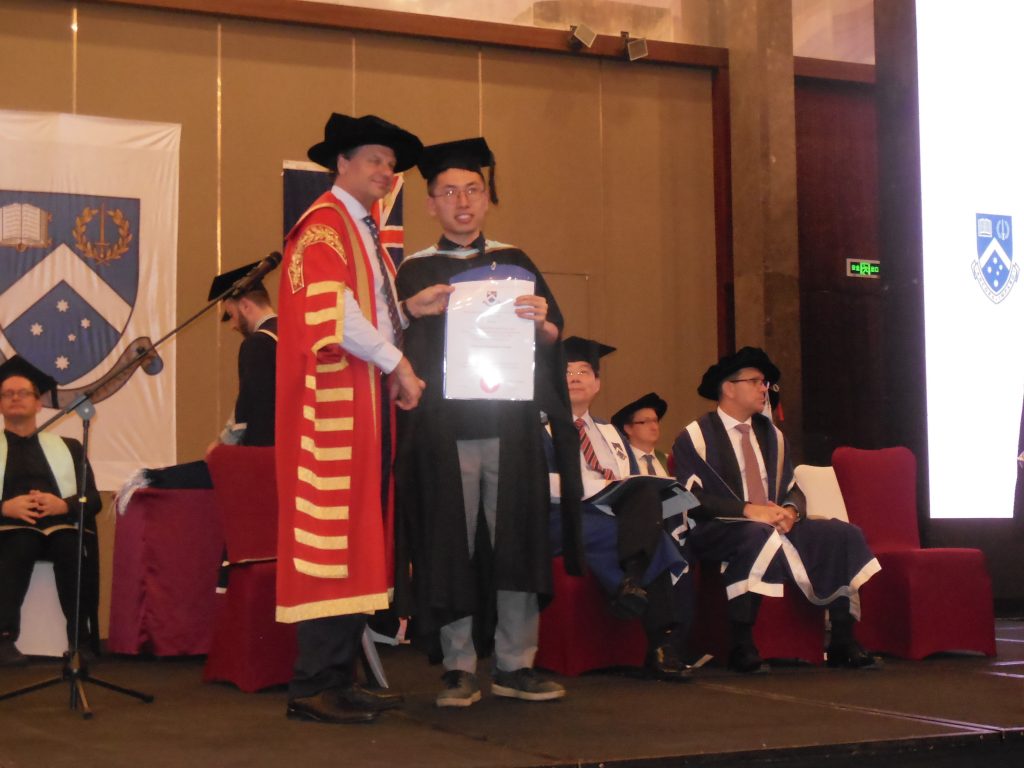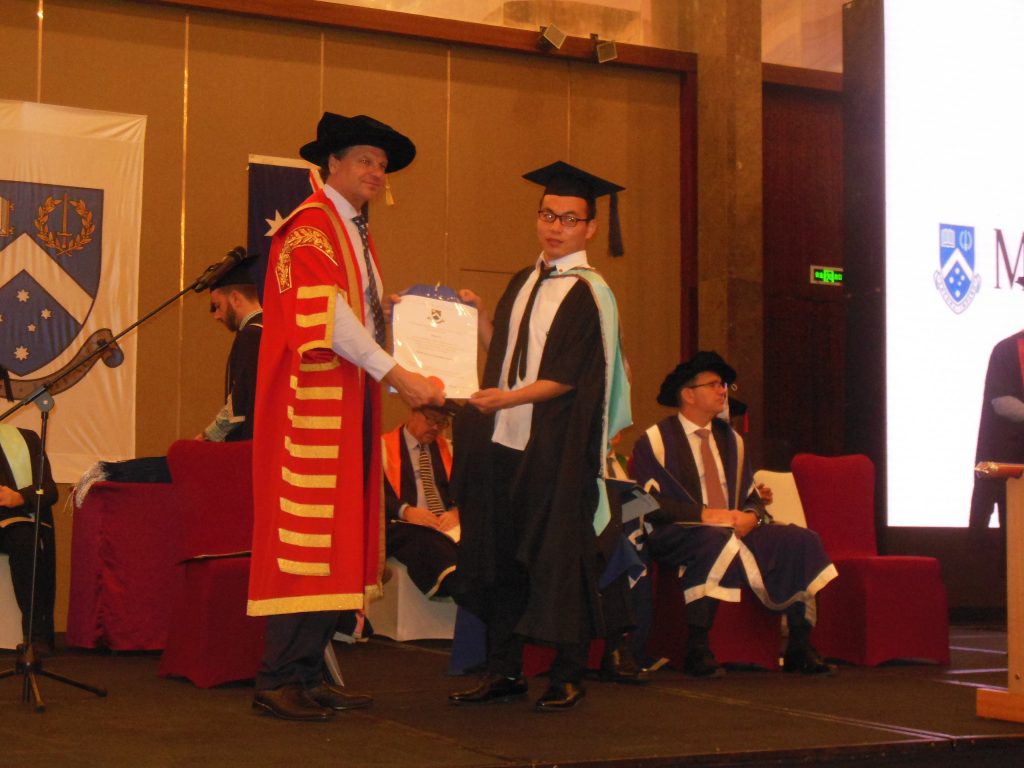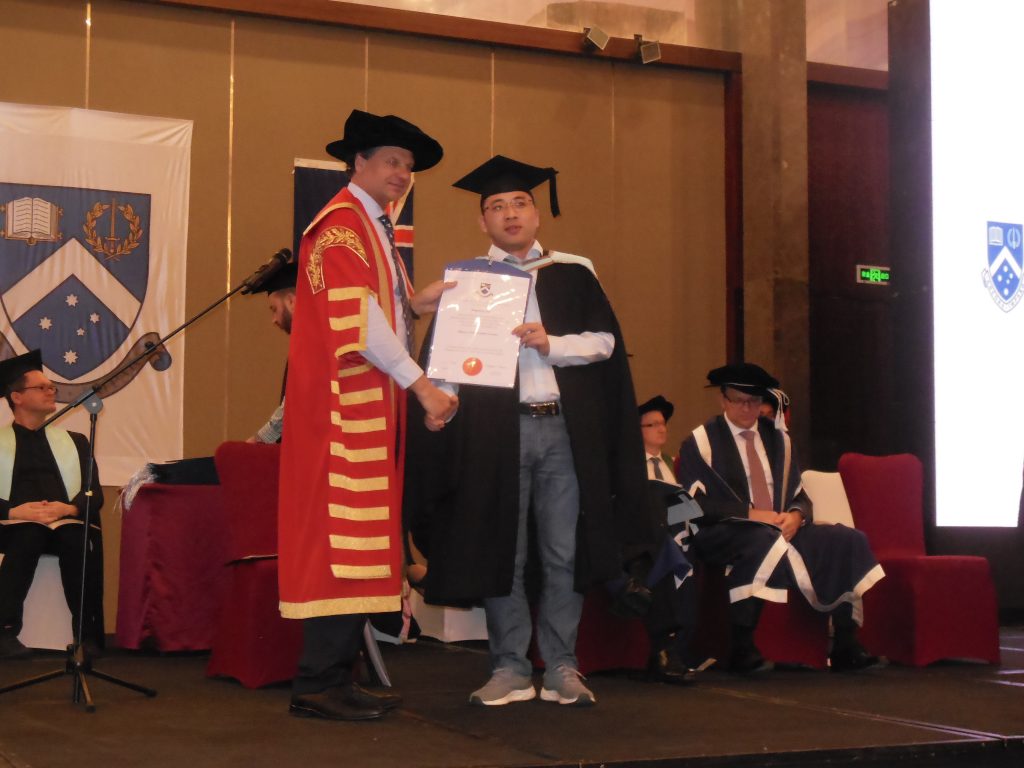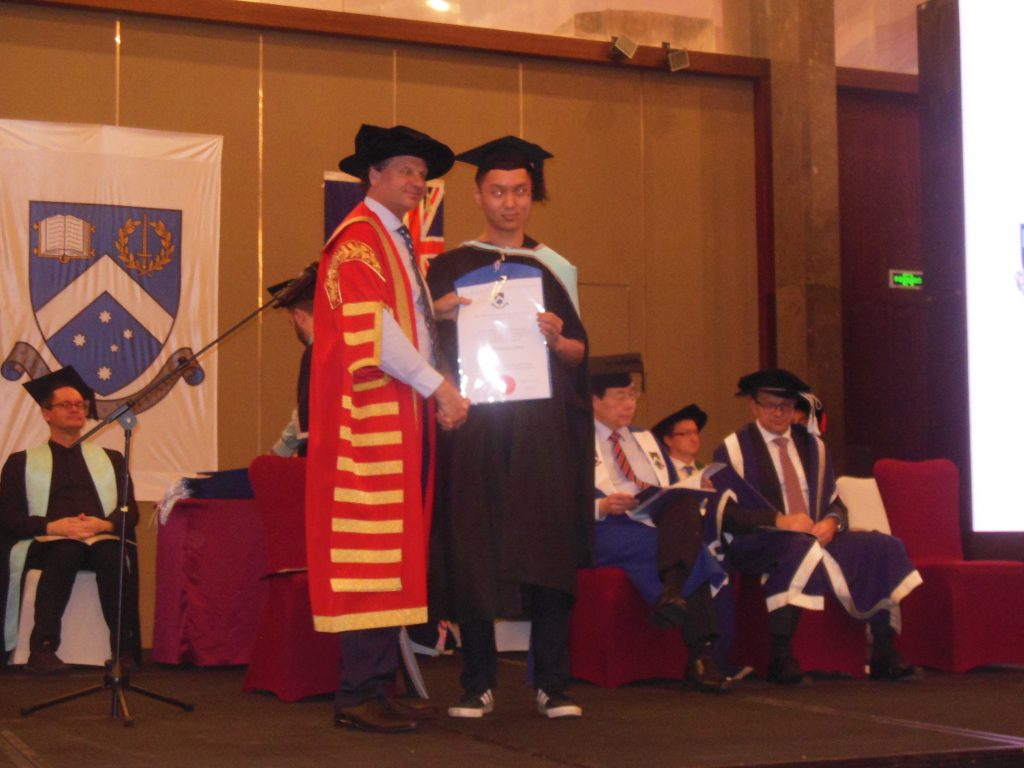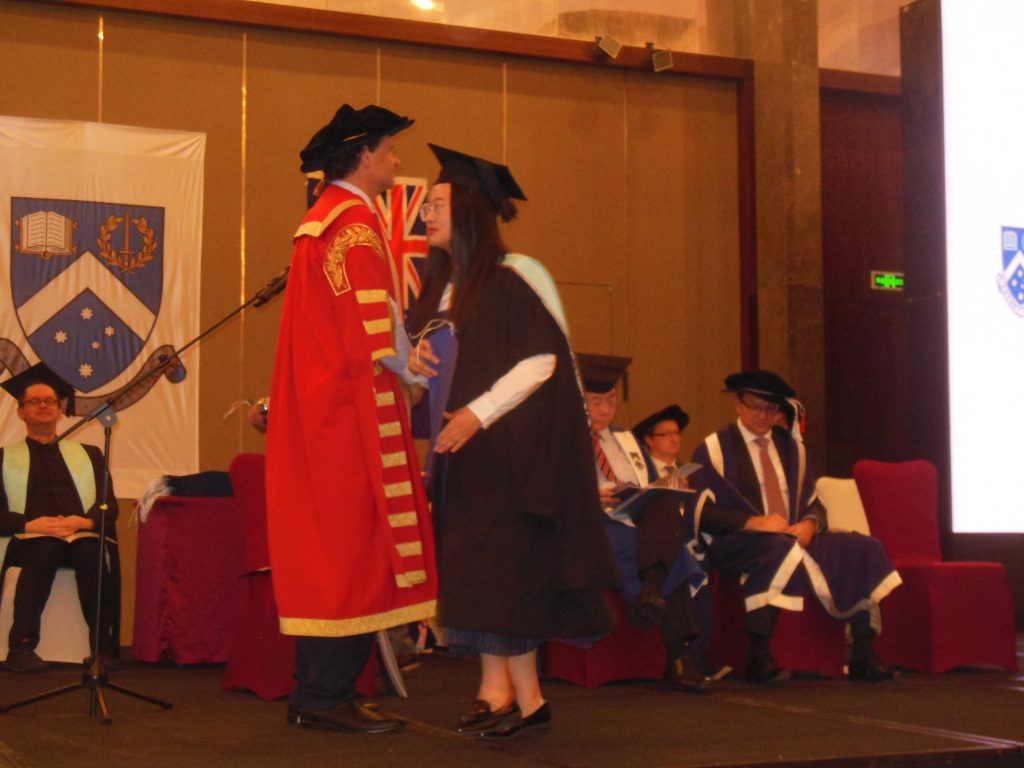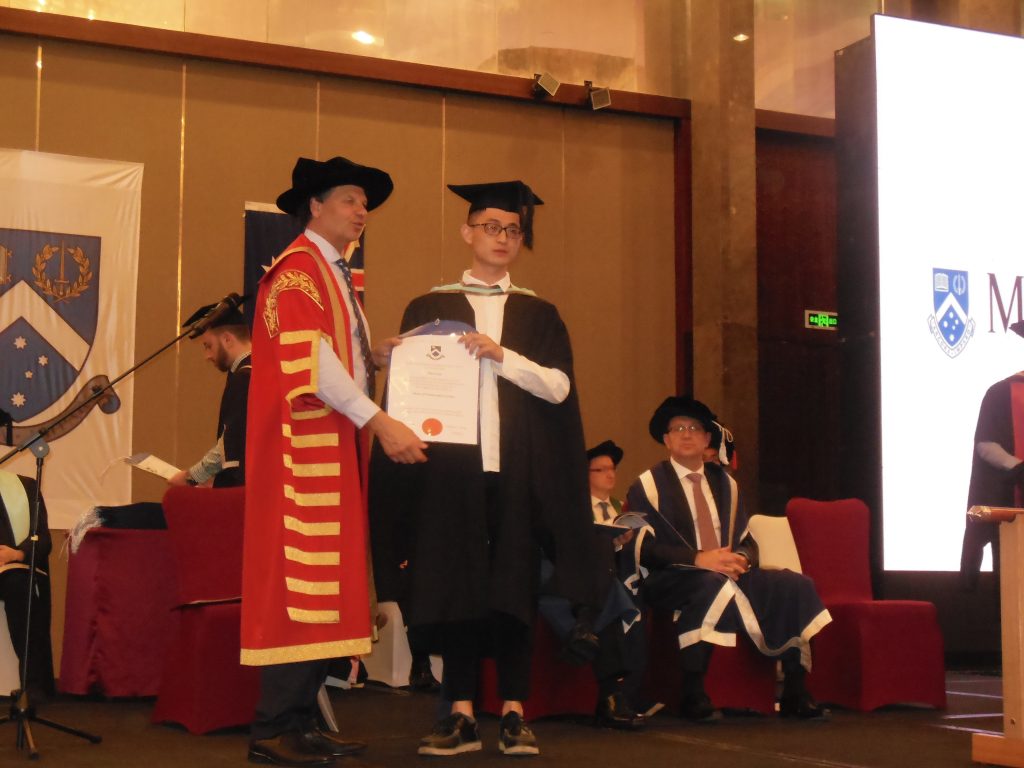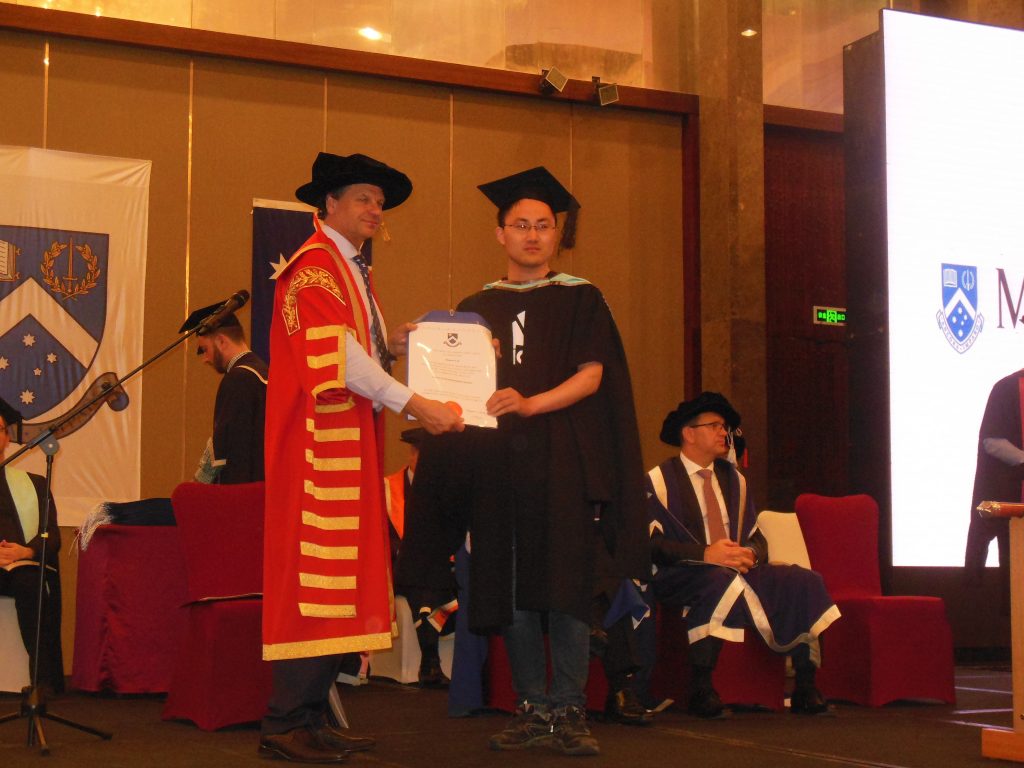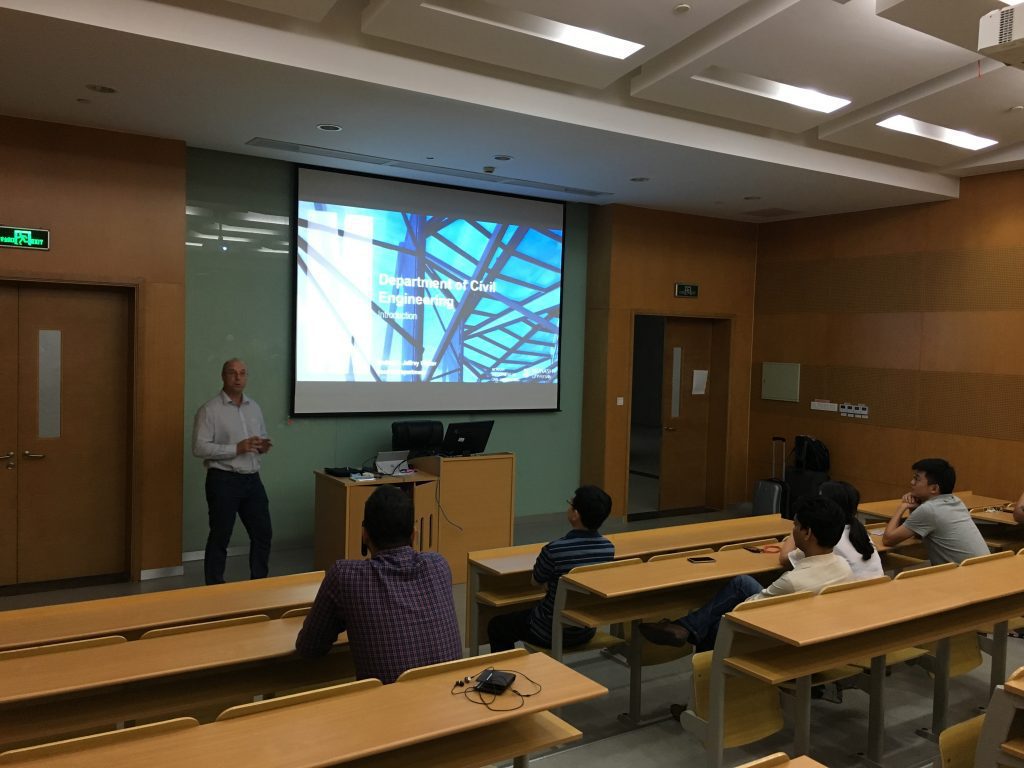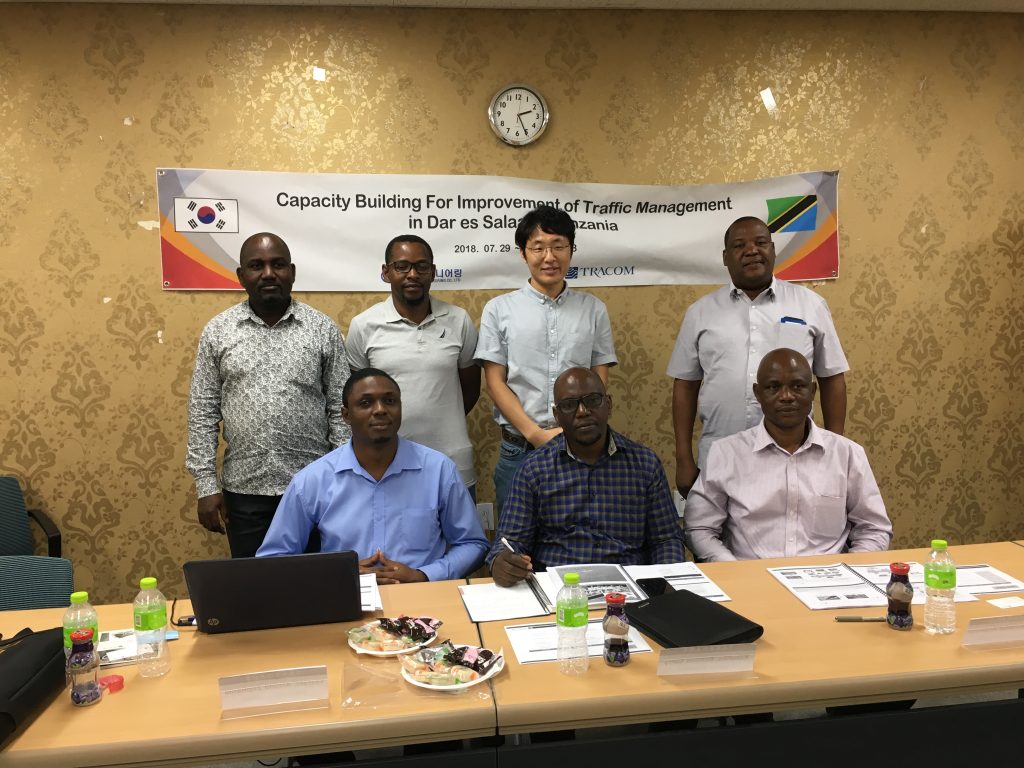I am very glad that Wenhua has been confirmed PhD. Her research topic is “Short-term passenger demand prediction and crowd management for special events” supervised by Dr. Nan Zheng, Dr. Paul Reichl, and me. The chair (Prof. Hai Vu) and the pannels (Dr. Kun An and Dr. Ha Bui) were served for this event. Congratulation Wenhua and keep it up!!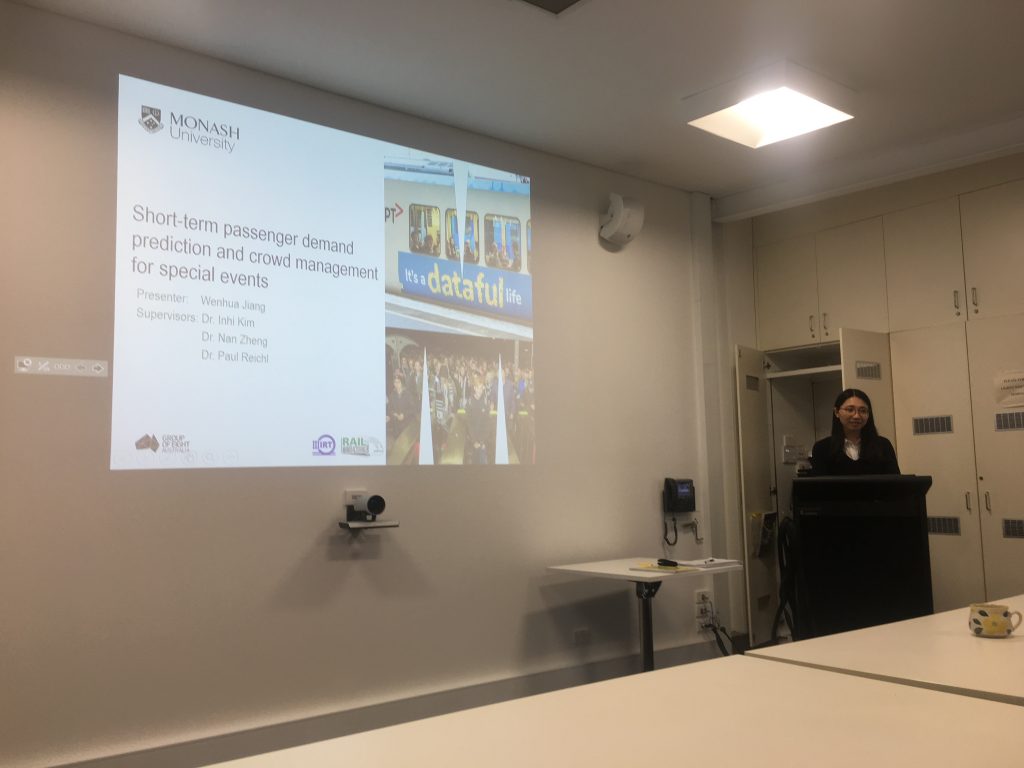
Page 18 of 23
A big congrats for Xinyuan on passing the final review. Prof. Graham Currie as a chair, Dr. Nan Zheng and Dr. Qianbing Zhang as panel members are served for this milestone. Good luck for your PhD thesis and job hunting!!
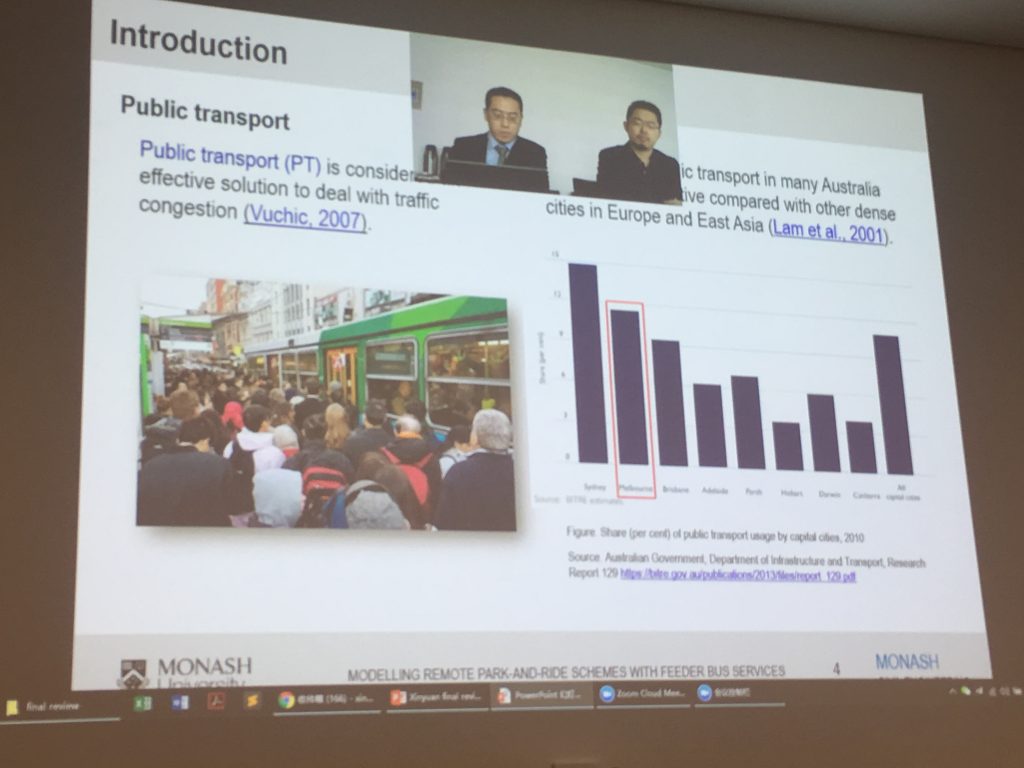

Well done TUPA on TRB 2019. 5 papers accepted this round. The Transportation Research Board (TRB) 98th Annual Meeting will be held January 13–17, 2019, at the Walter E. Washington Convention Center, in Washington, D.C. The information-packed program is expected to attract more than 13,000 transportation professionals from around the world.
- Chunliang Wu, Exploring the relationship between built environment and public sharing bike flow in Suzhou, China using geographically weighted regression model
- Wenhua Jiang, Imputation of missing transfer passenger flow with self-measuring multi-task gaussian process
- Meina Zheng, An analysis of short-term available parking space forecasting method based on LSTM neural network
- Duy Nguyen-Phuoc, Turn signal use among car drivers and motorcyclists at intersections: a case study of Danang, Vietnam
- Khaled Sabban, Inhi Kim, User Satisfaction of the Road Network: A Structural Equation Model
The 5th China-Korea Joint Seminar on Sustainable Transportation Systems, Sep 14 – Sep 16, 2018, KAIST, Daejeon, South Korea. http://ckjssts.org/program.html
The 5th China-Korea Joint Seminar on Sustainable Transportation Systems (CKJSSTS) is the gathering of leading researchers in the field of transportation from China and South Korea. The purpose of this seminar is to share the innovative ideas and cutting-edge knowledge for transportation research; and to establish a foundation for collaborative research between two countries.
This China-Korea Joint Seminar on Sustainable Transportation Systems was successfully held four times in Korea and China. The 1st and 3rd seminars were held in Seoul and Jeju, Korea, respectively and the 2nd and 4th seminars were held in Beijing and Shanghai, China. Especially, papers presented in the 2nd seminar have been published as a special issue in the International Journal of Transportation.
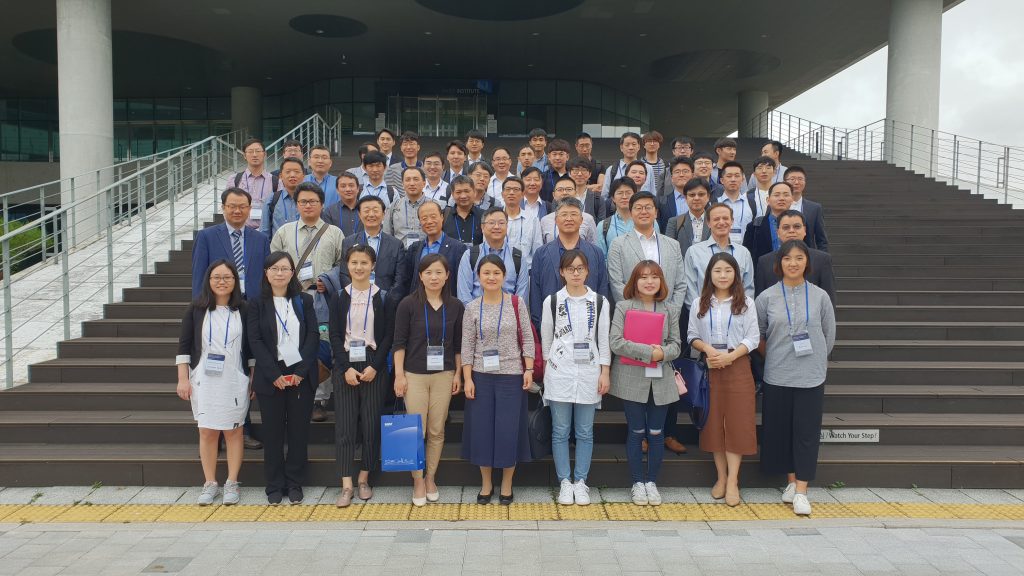
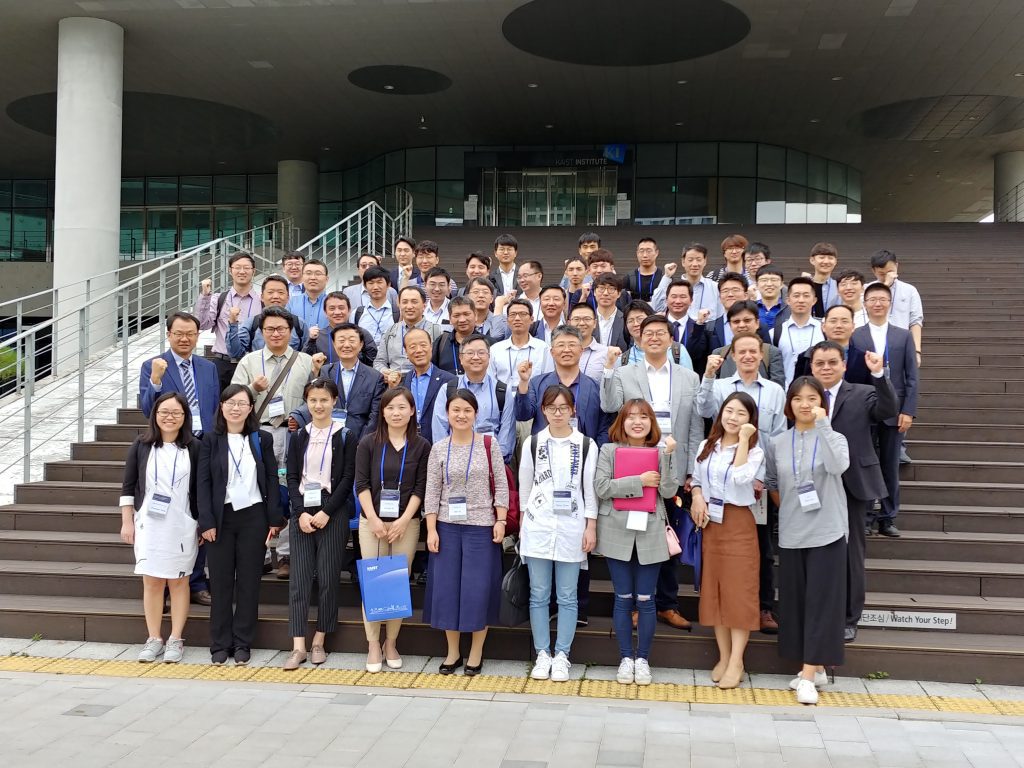

Professor Seonha Lee and I were invited by China Traffic Force to the 2018 2nd smart parking forum in Yancheng. Thank you for inviting us this wonderful opportunity, specially thanks to ITS China and Shanghai consulate-general Park.
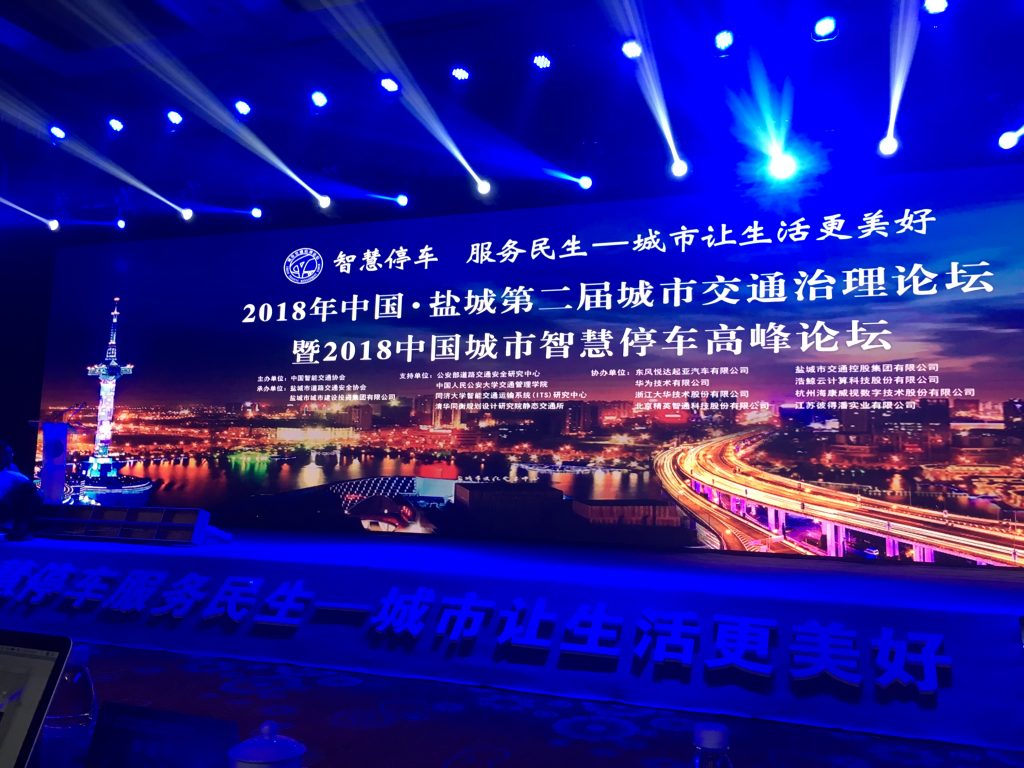
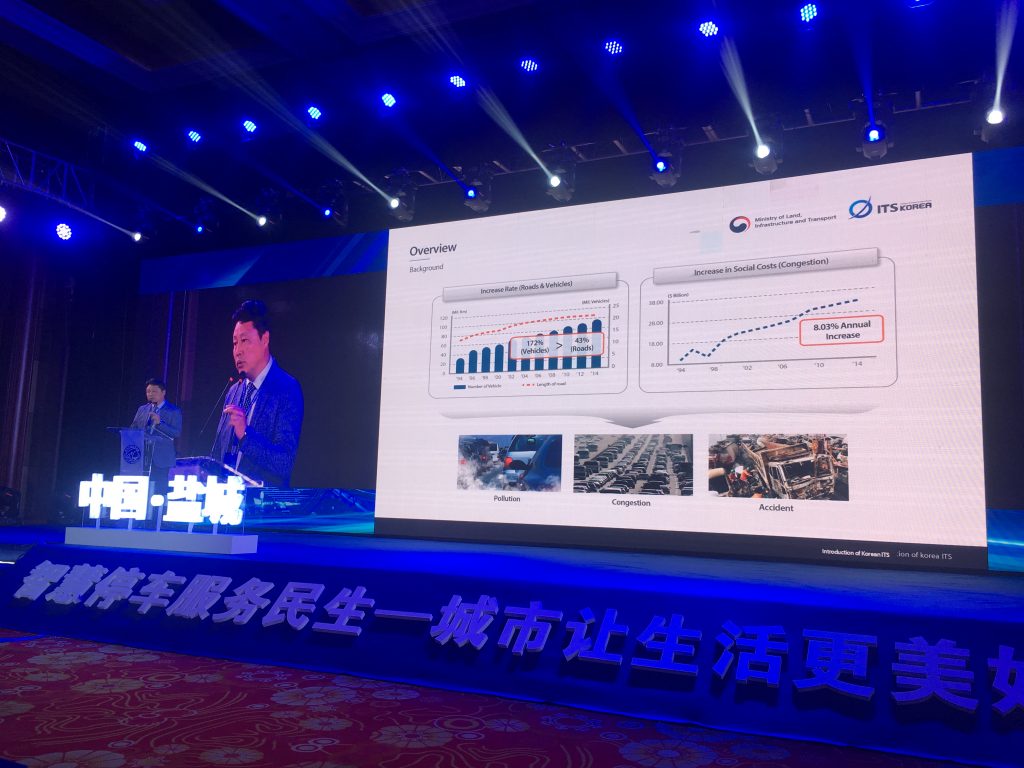
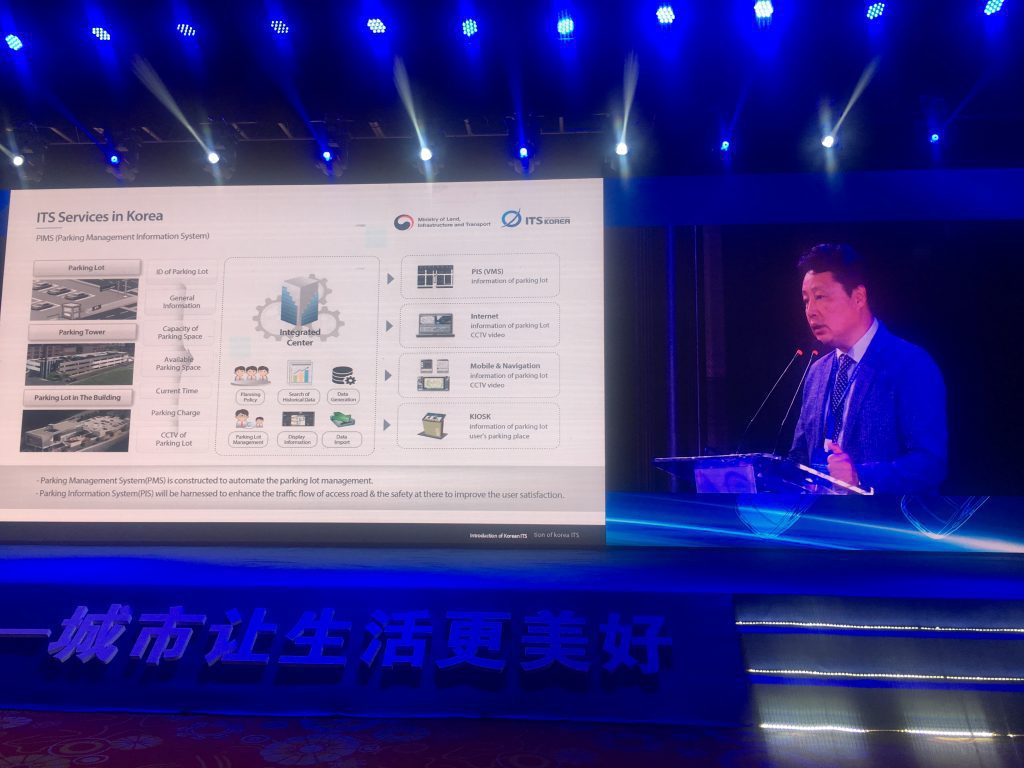
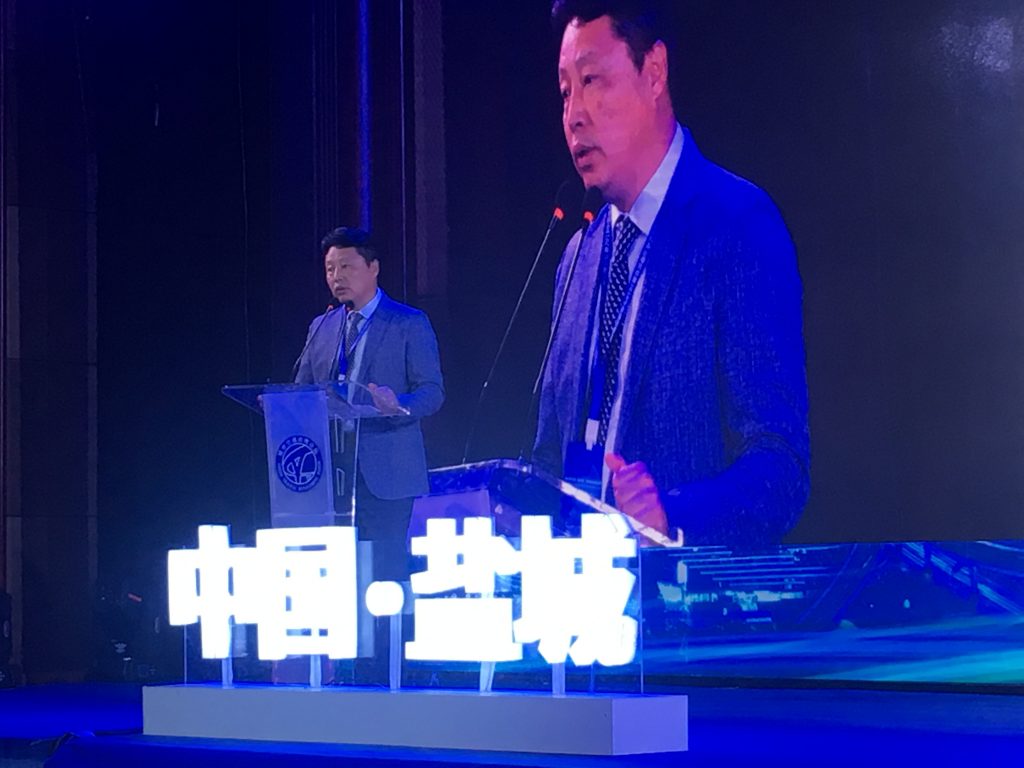

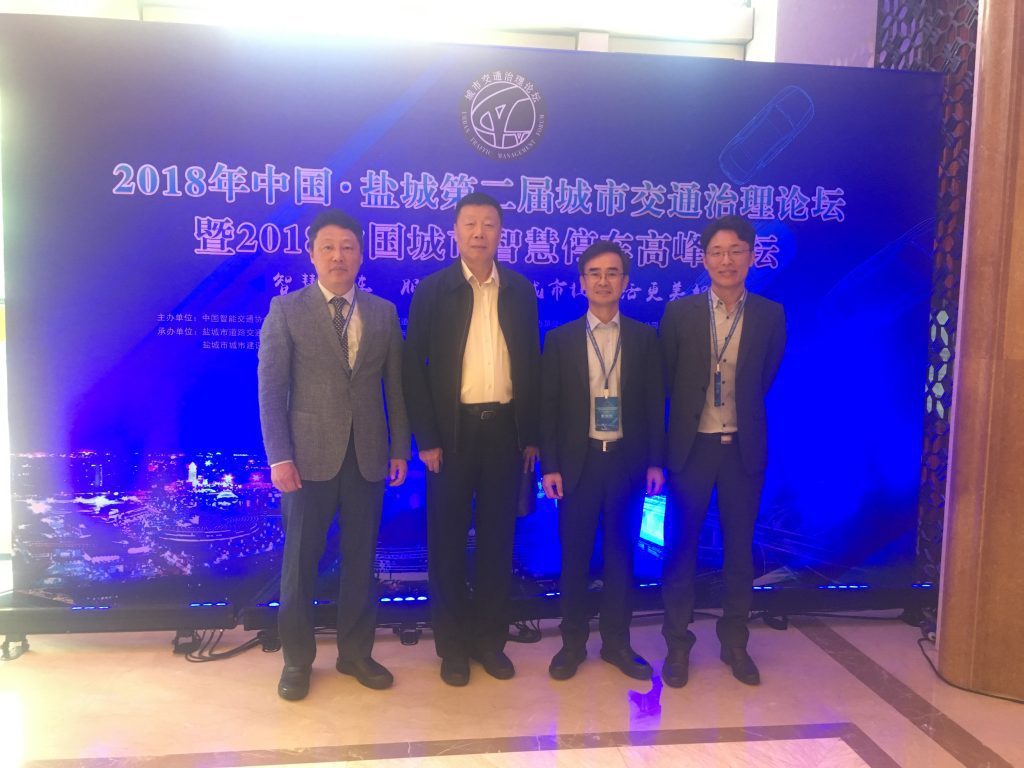
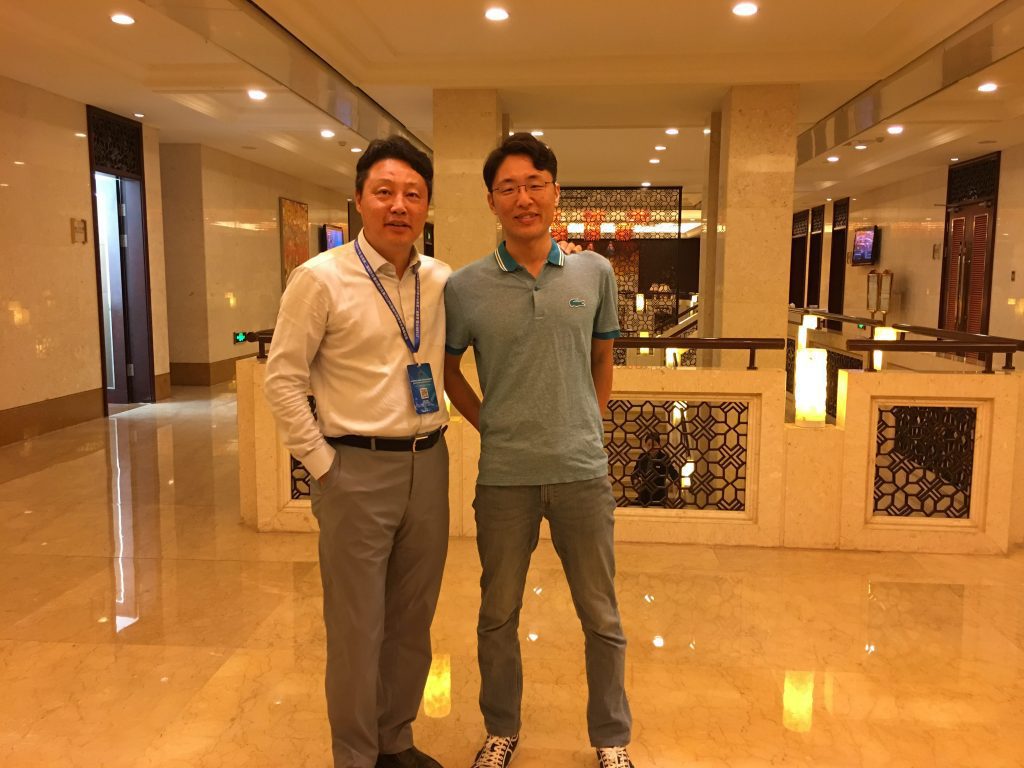
ISTS and IWTDCS 2018 aim to discuss about the analysis and the technologies on transportation field, especially on traffic simulations and data collections. The world’s transportation and traffic researchers and practitioners, as well as people who are interested in contributing to or gaining a deeper understanding of the transportation analysis are expected to join this conference.
Two papers are presented from our team:
- The uncapacitated battery swapping facility location problem with localized charging system serving electric buses fleet Wentao Jing, Inhi Kim and Kun An
- Short-term prediction for bike-sharing service using machine learning Bo Wang and Inhi Kim
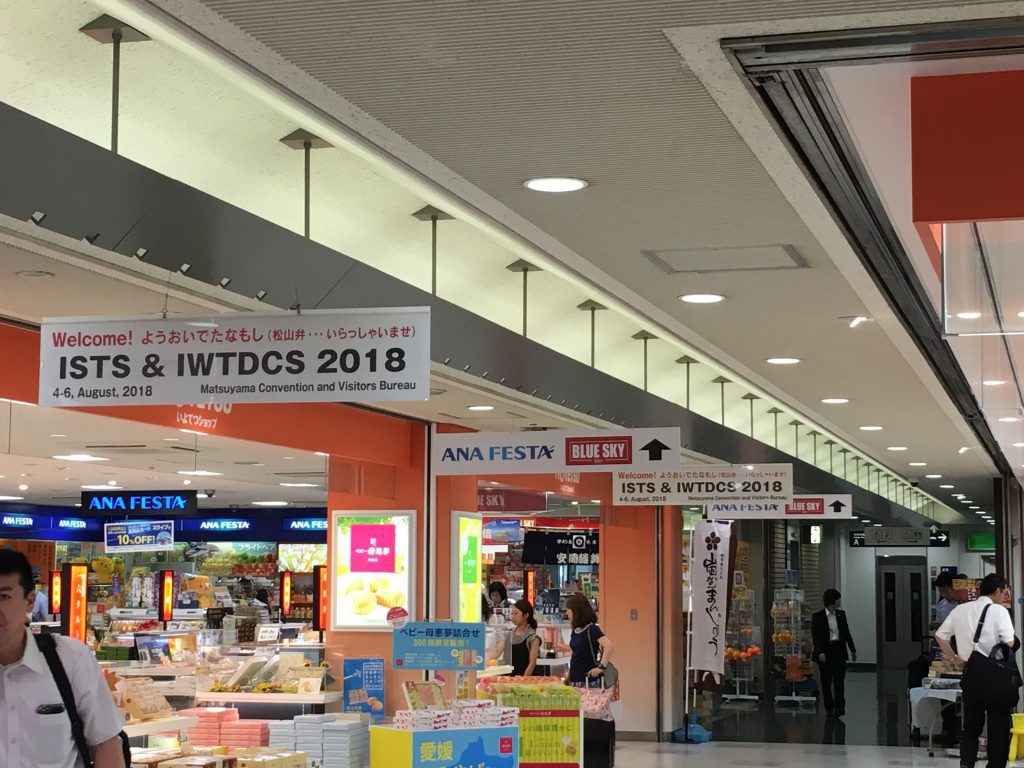

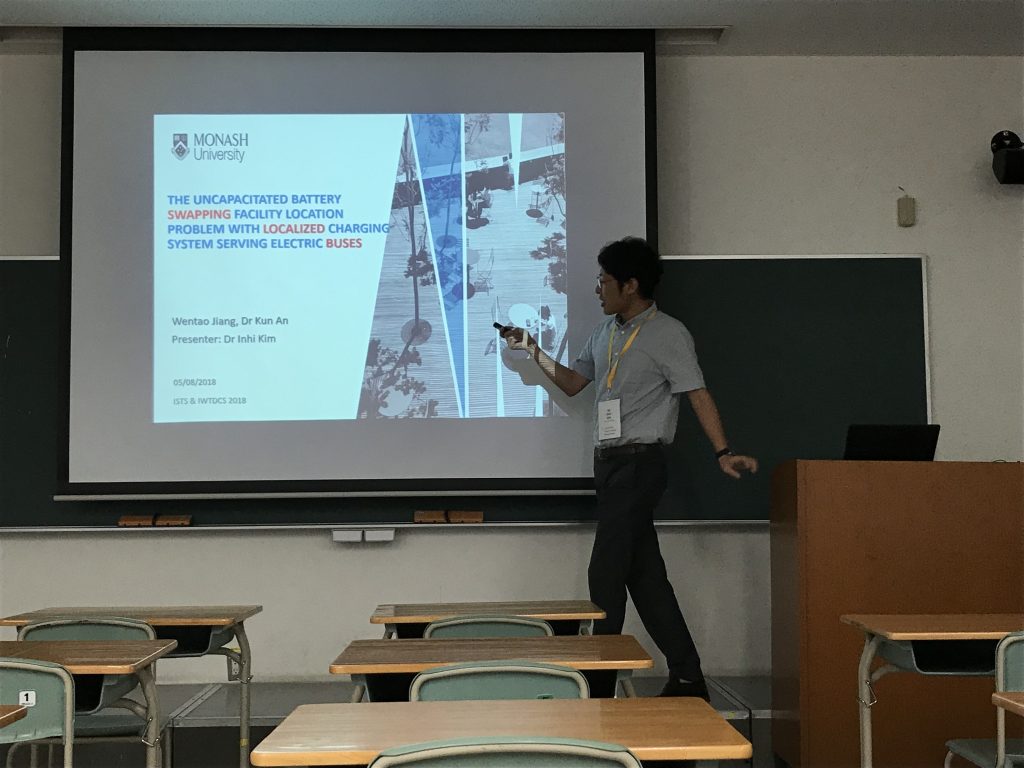

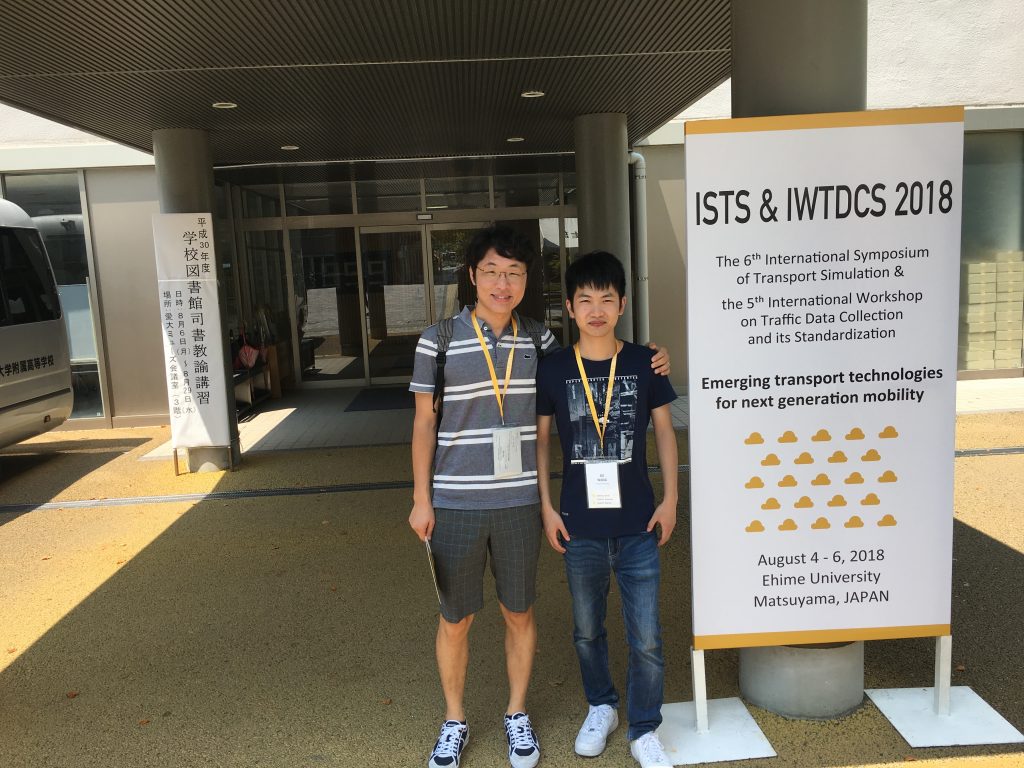
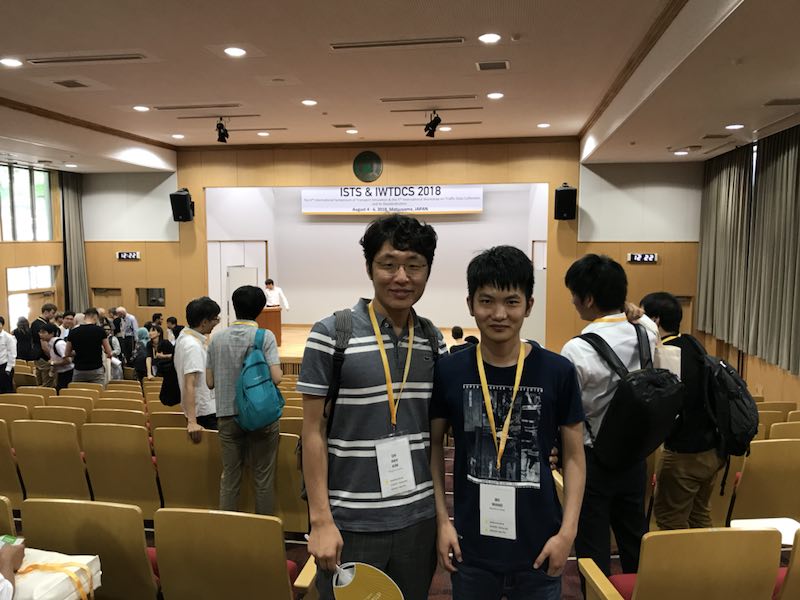
Dr. Susi Susilawati from Malaysia campus and Dr. Marilyn Johnson from Clayton campus gave presentations on their research to the Masters students of the 2017 cohort.
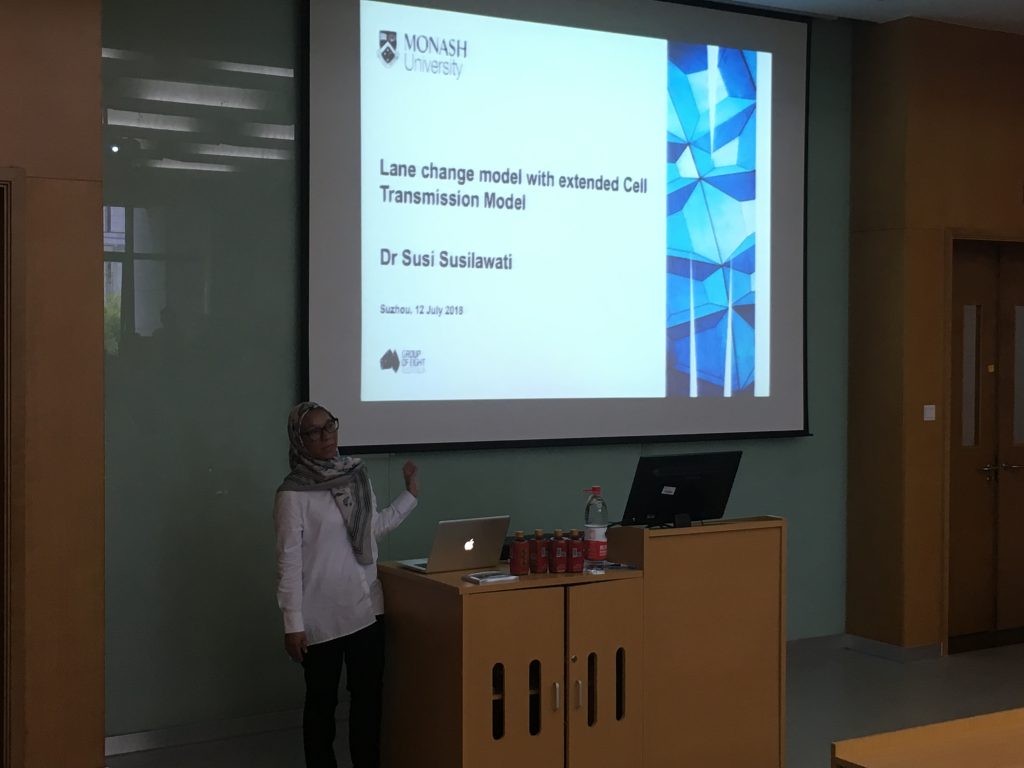
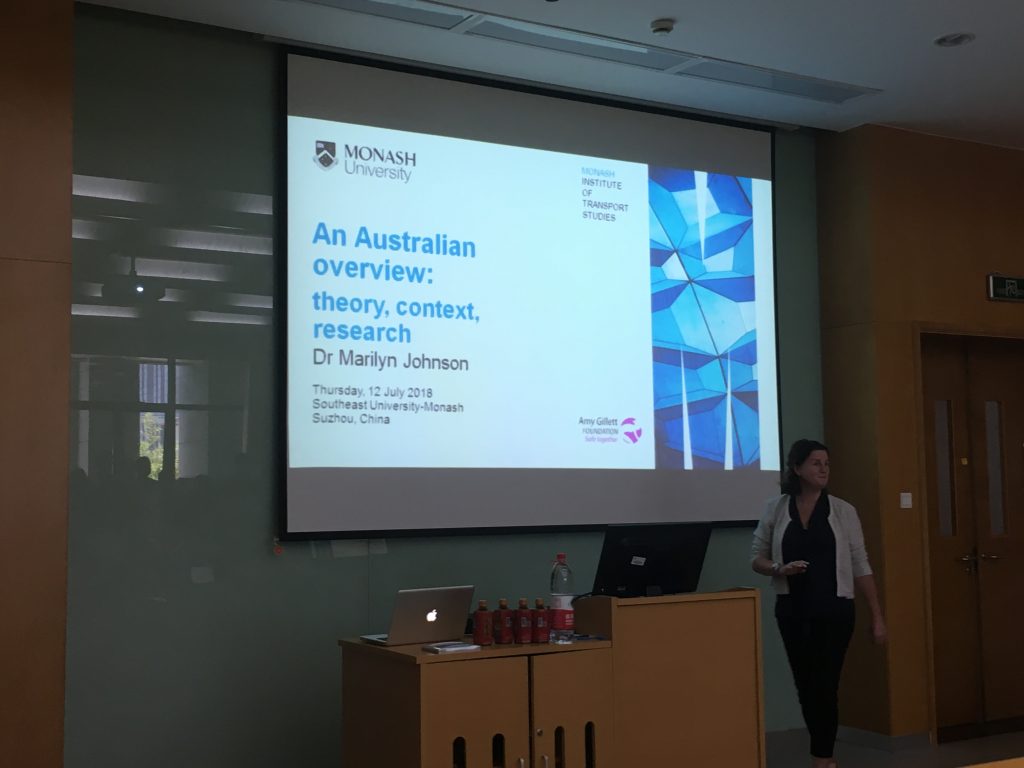
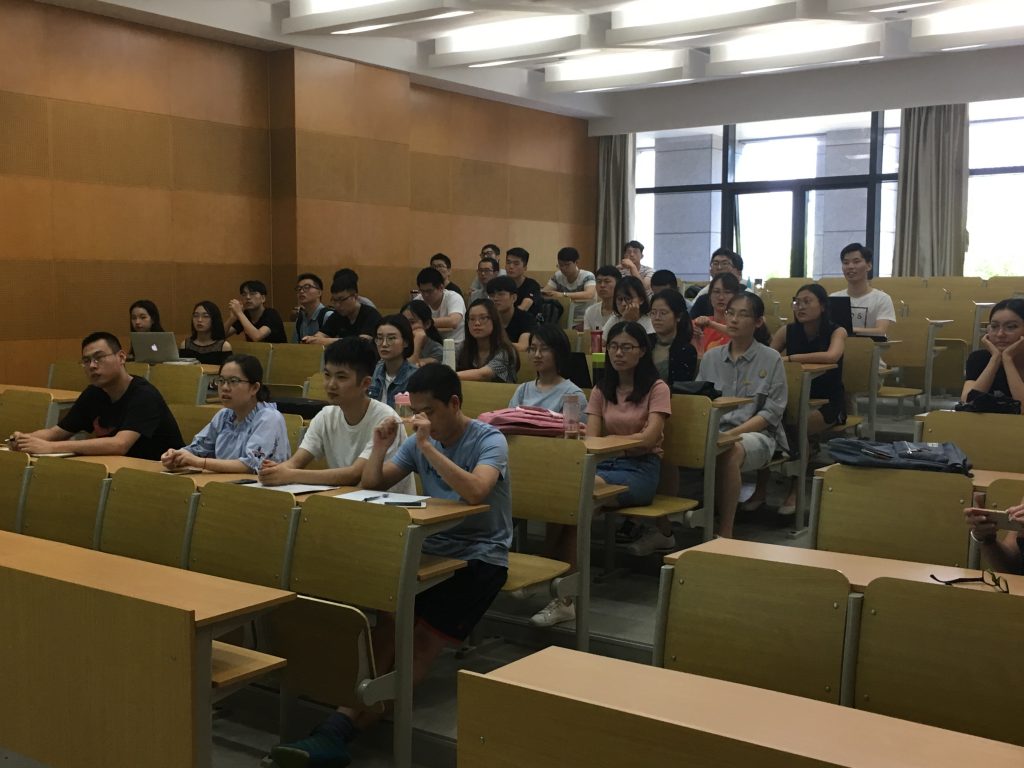
A big congrats for all my students who graduated SEU-Monash Joint Masters Program. The graduation ceremony takes place in the Intercontinental hotel, Suzhou, China. I hope you all have a big success in your near future!!!
